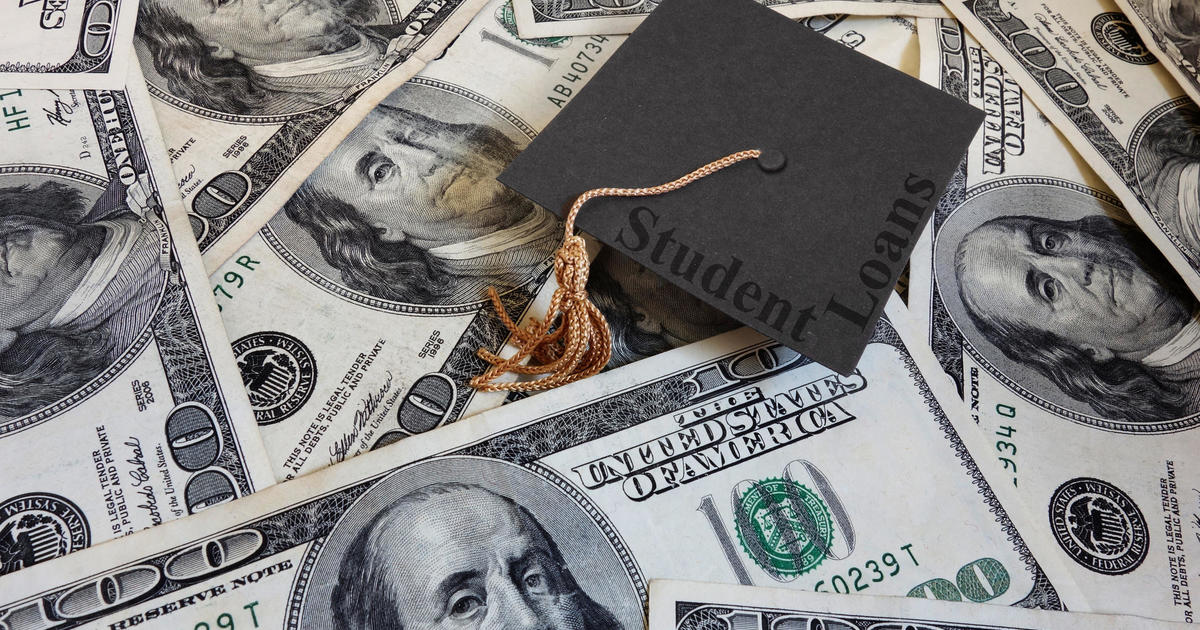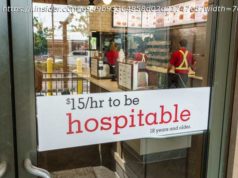 Allegations by U. S. financial regulators that Navient, the nation’s largest student loan servicing company, misapplied payments and steered graduates into higher-cost repayment plans, underscores the complexity — and risks — of paying off college debt.
Allegations by U. S. financial regulators that Navient, the nation’s largest student loan servicing company, misapplied payments and steered graduates into higher-cost repayment plans, underscores the complexity — and risks — of paying off college debt.
The suit comes at a time when the nation’s graduates are more indebted than ever. Some $1.3 trillion in student debt remains outstanding, and a whopping 11 percent of these loans — held by some 3.9 million borrowers — are in default.
The government’s consumer protection arm maintains that both lenders and schools have misled student loan borrowers, contributing to a nagging debt crisis that has ensnared not only 44 million younger graduates, but also a record number of retirees. The Navient suit, filed Wednesday, is just the latest salvo in a continuing effort by the federal Consumer Financial Protection Bureau to help graduates and their families, many of whom are buried in debt.
Navient denies wrongdoing and claims the suit is politically motivated. Until the dispute is settled — in our out of court — the company’s borrowers have little recourse but to complain about alleged past transgressions, said Persis Yu, director of the National Consumer Law Center’s Student Loan Borrower Assistance Project.
However, it behooves all students and graduates to understand how loan repayment options have changed and what their current options are. If you have a federally guaranteed student loan, there should be no need to default no matter your income, experts maintain.
Here are six things you should know about repaying student loans.
However, stretched-out repayment and income-sensitive repayment plans are likely to be the better option for graduates on a tight budget. The income-based repayment plans set monthly payments at a percentage of the borrower’s discretionary income. If you have no discretionary income, the PAYE and REPAYE programs could set your payment amount at zero.
But you can also simply switch to an income-based repayment plan that would set your payments at zero. The benefit of choosing income-based repayment in this situation is that these programs forgive any remaining loan balance after 20 to 25 years, depending on the program. And, under these programs, you get credit for making on-time monthly loan payments, even when your payment amount is set at $0.
Discharges, however, are only allowable if you were attending the school within 120 days of its closure and were unable to transfer your units to another institution. Loan discharge is also likely to boost your eligibility for future federal student loans, if you choose to restart your college career elsewhere.
This is a particularly important distinction for graduates who are considering consolidating and/or refinancing their loans. If you consolidate or refinance with a private lender, you may be able to secure a lower interest rate (if your credit is good), but you are likely to lose your right to repay based on your income. You would also lose the ability to discharge debt through the previously mentioned loan forgiveness programs. Don’t convert federal loans to private loans without carefully examining all the consequences.
In addition, borrowers who believe they’ve been misled or improperly steered into a higher-cost repayment plan, can complain to the CFPB. Though no option may appear perfect when you’re struggling with student loan repayment, the worst option is default. Default triggers a host of additional fees and charges, which can haunt you for life and often can’t even be discharged in bankruptcy.






